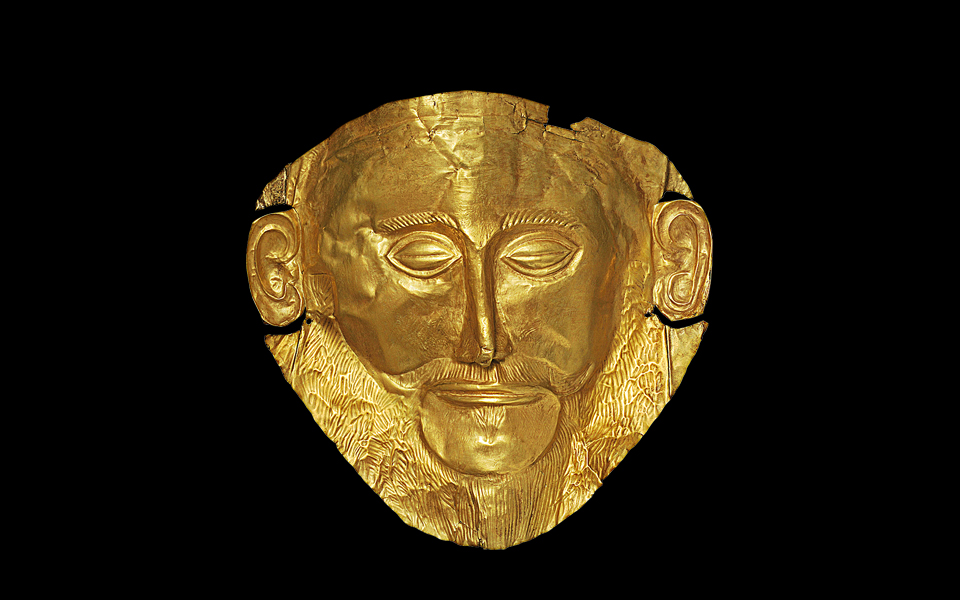Exploring Athens’ Timeless Treasures at Monastiraki
Antiques expert and collector Dimitris Xanthoulis...

From marble figurines and elegant statues to the golden mask of Agamemnon, they are all here waiting for you to explore them.
NATIONAL ARCHAEOLOGICAL MUSEUM
44 Patission • Tel. (+30) 213.214.4800 • Opening hours: Monday – Sunday 8.00 – 20.00
• Admission: Full €10, reduced €5 | Special ticket package – Full: €15, reduced €8
(Valid for National Archaeological Museum, Byzantine & Christian Museum, Numismatic Museum and Epigraphic Museum)
Antiques expert and collector Dimitris Xanthoulis...
Ten must-do experiences in Athens, from...